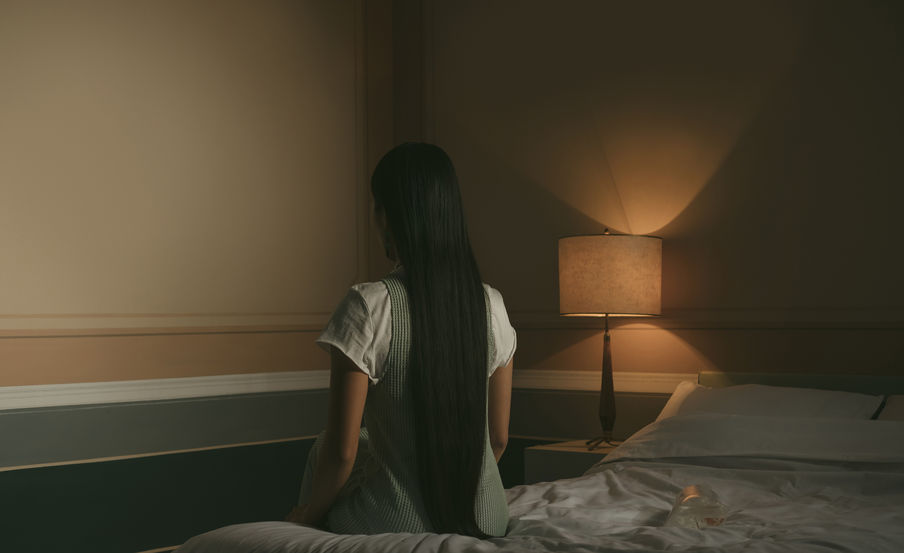
If you don’t know, daylight savings time affects approximately 1.6 billion people worldwide. Given that the majority of our time is likely spent indoors in an office, this switch in time can often mean that we go most days barely seeing sunlight aside from the bleary-eyed morning commutes, whereas it doesn’t feel as dreadful working late in the summer because we’re likely to catch some sun and maybe even an outdoor drink before the sun sets at 8:30 pm in most places across the globe.
There’s something to be said about the power that natural light and seasons have over our moods and brains. Light boosts our serotonin levels, offering a similar effect to antidepressants. So when daylight savings occurs, ridding us of an extra hour of light in the evening, our bodies often have a chemical reaction to the decrease amount of sunlight. That extra hour of light in the morning isn’t quite as effective because it occurs at a time when most of us are indoors getting ready for the day. Being inside prevents us from reaping the mood-boosting effects of the sun in the morning, allowing us to often fall into lower moods in the winter months caused by a perceived increase in darkness at times we are outside.
About 6 percent of Americans suffer from Seasonal Affective Disorder (SAD), where one’s mood drops during fall and winter, as the days become shorter. SAD is more common in women and we become more susceptible to it as we get older. Symptoms to look out for are fatigue during the day, weight gain caused by an increased craving for “comfort foods,” elevated irritability and anxiety, social withdrawal, physical discomfort including headaches and heaviness in one’s limbs, and oversleeping. If you are feeling any of these symptoms, consider going to a doctor or discussing this possibility with your doc before you lose the evening hour.
Given light’s chemical reaction on our mood, it’s completely normal to feel even a mild slump as we transition to winter fall back. Don’t worry though, we’ve got you covered with some methods to maintain the summer energy during the dark, wintery months.
Light Therapy
When winter prevents us from basking in the sun outdoors, a good alternative suggested by many docs is light therapy. Light therapy exists in specific light boxes that are designed to mimic outdoor light. Researchers believe that “this type of light causes a chemical change in the brain that lifts your mood and eases other symptoms of SAD.” While light boxes are safe and effective, one thing to note is that since they are not regulated by the FDA, it is paramount to do your research before purchasing. Two good general rules of thumb are that (1) typical recommended exposure is 10,000 lux and (2) the box should emit the minimal amount of UV light possible. It’s advised to do a session upon waking up in the morning for 20-30 minutes with eyes open yet not looking directly into the light, situated from two feet away from the box. Treatment can be maintained daily.
Wake Up Earlier
As a non-morning person, this option is the most personally challenging to suggest. In the winter especially, we are prone to wanting to sleep more, stay in, and generally be more lethargic. However, the best way to mitigate the sluggish effects of winter’s darkness is to wake up earlier in the AM to catch the morning light. Since daylight savings shifts the evening hour of sunlight to the morning, this is the best way to integrate more natural light into your day to boost your mood. So consider swapping that post-work spin class for a morning one, so you can reap the benefits of more sunshine in your dreary winter days.
Take Light Breaks at Work
Taking advantage of the natural sun is the easiest and cheapest solution to countering the winter blues. Consider going outside or near a window for your afternoon coffee break — the afternoon is when the sun is brightest, so this is an ideal time to soak up its positive rays. Even when you’re slammed at work, it’s worthwhile to take some time for yourself to get some light, thereby boosting your mood and improving your productivity thereafter. Just like treatments from light therapy boxes, the suggested time is 30 minutes for this natural light therapy.
Plan a Winter Getaway
Another way to combat winter’s dreariness is to literally escape it. If you’re looking to plan your next vacation, consider booking a trip during the winter months when you’re most in need of a change of scenery. Tropical climates can lift your mood by giving you a dose of that sunny weather you’ve been missing while leaving your skin happy from the surge of Vitamin D. Win-win!
—
Feature image via Stocksy

